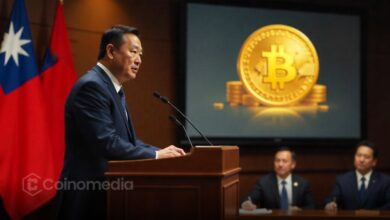
- Chainlink supports cross-border CBDC-stablecoin exchange.
- Part of Phase 2 of Hong Kong’s e-HKD+ Pilot Program.
- Boosts interoperability and real-world DeFi adoption.
In a major step for cross-border financial innovation, Chainlink has been chosen to facilitate the exchange between Hong Kong’s central bank digital currency (CBDC), known as the e-HKD, and an Australian dollar stablecoin. This development is part of Phase 2 of the e-HKD+ Pilot Program, an initiative spearheaded by the Hong Kong Monetary Authority (HKMA) to explore real-world applications of CBDCs.
By integrating Chainlink’s secure oracle technology, the pilot demonstrates how different types of digital currencies—issued by governments and private entities—can interact seamlessly and securely. This not only promotes global financial connectivity but also validates Chainlink’s role in enabling trusted cross-chain value exchange.
Cross-Border Use Case in Focus
This pilot program highlights a significant use case: enabling instant, secure, and compliant swaps between the e-HKD and an Australian dollar-backed stablecoin. Such functionality is essential for real-time international trade, remittances, and decentralized finance (DeFi) protocols that demand reliable data and transaction security.
The use of Chainlink ensures that both sides of the transaction receive accurate, tamper-proof information, reducing the risk of fraud or settlement failure. As CBDCs continue to evolve, these types of cross-border interactions will become critical for future financial ecosystems.
What This Means for the Future of DeFi
This collaboration marks a significant milestone in the push for global CBDC interoperability. It reinforces the idea that decentralized infrastructure, like Chainlink, is capable of supporting traditional financial systems and governments in their journey toward digital finance.
As more countries test and launch their own CBDCs, the ability to securely exchange value across borders using technologies like Chainlink will be crucial. This pilot not only showcases technological readiness but also signals growing trust in decentralized solutions to complement national monetary systems.



